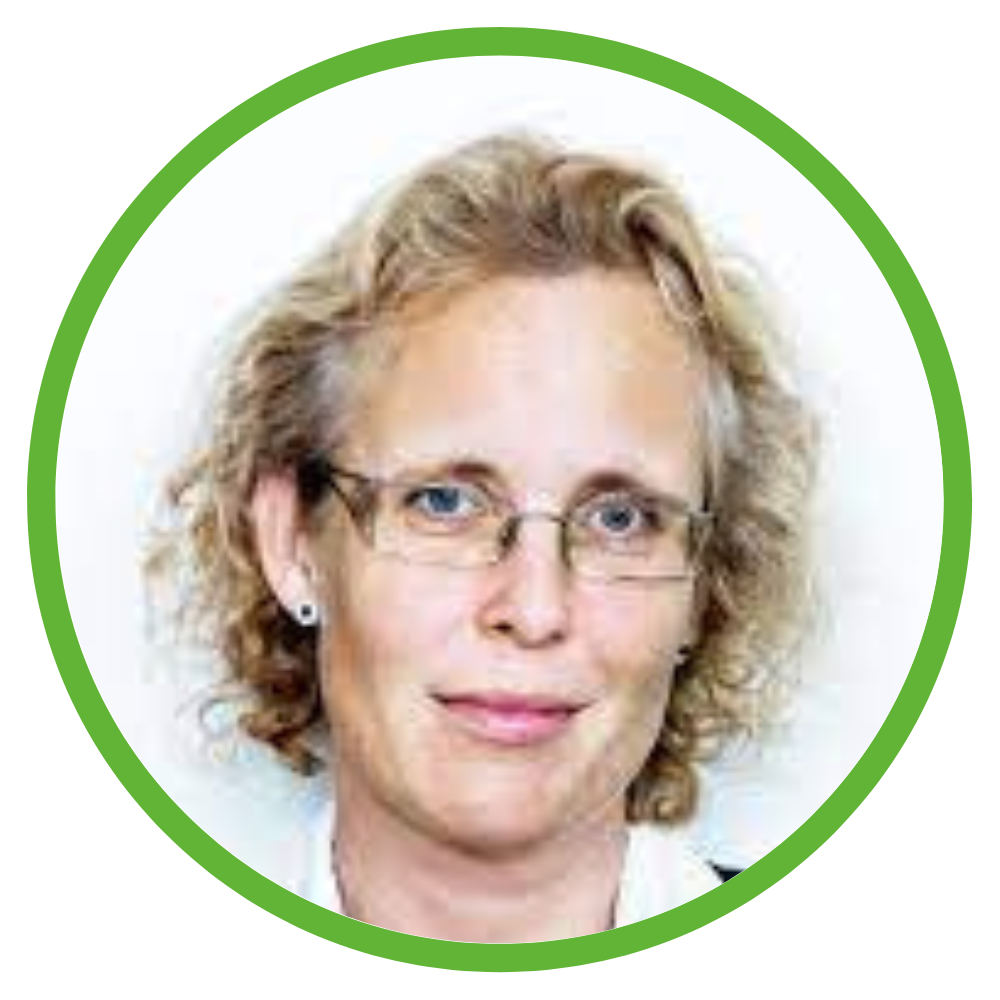13th June 2023
The proposal for sharing health data, EHDS, was presented last spring and has been a priority for the Swedish presidency. The proposal involves more efficient and safer sharing of health data, which is significant both for patients, healthcare professionals, academia and research. But what is required for the proposal to become a reality?
When EU citizens fall ill abroad, there is currently no quick and secure way for healthcare professionals to access important health information. The consequence is that the patient risks receiving less efficient care and, in the worst case, critical information is missed that can lead to incorrect treatment or even premature death.
The advantages of the EHDS proposal are many. The patient will be able to control their electronic health data. Healthcare providers will have a more efficient basis to register and use health data. Researchers, innovators and decision makers get better access to relevant data for research, innovation and business development.
But there are also challenges around this that need to be discussed, for example the individual’s privacy protection and the Member State’s right to decide.
–The sharing and use of health data is an important component in developing and implementing cost-effective and innovative medtech solutions in healthcare. Healthcare needs more innovations, not less, and then sharing health data can be a catalyst, says Anna Lefevre Skjöldebrand, CEO, Swedish Medtech.

The EHDS proposal has been one of the priorities of the Swedish EU presidency. What is now required for the proposal to become a reality and be able to be applied in practice? It will be important to ensure that health data can really strengthen and help patients in the care pathway and contribute to developing care, that health data is used to create the most benefit for everyone.
-Data generated in healthcare has great value for the development of new knowledge. It is everything from understanding how a certain drug treatment works and how care processes can change, to the development of AI to develop software for decision support, says Clara Hellner, Director of Research and Innovation, Region Stockholm

Before the proposal can become a reality, some important pieces must fall into place
Before the proposal can become a reality, some important pieces must fall into place, including legal, organisational and technical adjustments as well as a review of investment and management costs.

– It is welcoming to see that negotiations of the EHDS proposal may soon be finished. It is important that we all are prepared. In this stage it is essential to involve many different users of health data and work with all stakeholders across the EU, so that we better understand complex challenges ahead and compliance within the new EHDS requirements, says Andrzej Rys Principal Scientific Advisor, DG Sante, European Commission.
At a round table discussion on 27 June, obstacles and opportunities before the implementation of the EHDS proposal are discussed in order to get a common picture.

– With our round table meeting, we want to showcase that we are united and ready to build a new digital infrastructure together with the entire ecosystem and look forward to gaining new insights into how implementable EHDS is and to push the issues further in the European parliament, says Annika Szabo Portela, Managing Director, EIT Health Scandinavia
What and when?
The event on June 27 in Stockholm is one of ten roundtable discussions taking place around Europe. The initiative is led by a steering committee chaired by Andrzej Rys, Chief Scientific Adviser at DG SANTE, European Commission, who will also participate in the round table in Stockholm. The Swedish representative on the steering committee is Clara Hellner, director of research and innovation, Region Stockholm.
Background:
Swedish Medtech and EIT Health Scandinavia are organising an official side event to the EU conference on Life Science – The Era of Personalised Medicine 26-27 June. The first part of the program is a seminar hosted by Swedish Medtech and the second part is EIT Health’s round table discussion. The program ends with a networking recpetion “Swedish Life Science United”, organised by Swedish Medtech, Swecare, SwedenBIO and LIF.
The insights from the roundtable discussions will be collected in a report that will be published at the end of the year. The purpose of the report is to provide an overall picture from EU member states of obstacles and opportunities for the upcoming implementation of EHDS.
Participants in the round table discussion:
- Jean-Marc Bourez, CEO, EIT Health, France
- Elina Drakvik, Specialist, Finnish Innovation Fund Sitra/TEHDAS, Finland
- Niklas Eklöf, Head of Unit E-Health, National Board of Health and Welfare (Socialstyrelsen)
- Silja Elunurm, Head of Regulatory and Legal, Migrevention, Estonia
- Margareta Haag, President, Nätverket mot Cancer
- Clara Hellner, Director of Research and Innovation, Region Stockholm
- Leo Hovestadt, Director Governmental Affairs EU, Elekta, The Netherlands
- Anna Lefevre Skjöldebrand, CEO, Swedish Medtech
- Anders Murman, CEO and co-founder, Deversify
- Alexander Olbrecht, Director Digital Health, MedTech Europe
- Andrzej Rys, Principal Scientific Advisor, DG SANTE, European Commission, Brussels
- Laurent Saunier, Head of Unit Precision Health, Vinnova
- Michel Silvestri, Head of Unit, E-Health Agency (eHälsomyndigheten)
- Fredrik Strand, Docent and Radiologist, Karolinska Institutet
- Annika Szabo Portela, Managing Director, EIT Health Scandinavia
27 June 14.00-17.00 Empowering Patients through Health Data: Exploring the Opportunities and Challenges of the EHDS
– a seminar and a round table hosted by Swedish Medtech and EIT Health Scandinavia
BACK TO EIT Health Co-Location Centre covering Sweden, Denmark, Finland, Norway and Estonia
EIT Health and the EDIT-B consortium transform bipolar disorder diagnosis with groundbreaking blood test

Discover this life-changing project today.
Three EIT Health innovators nominated for EIT Awards

Meet our three EIT Award nominees.
Hospital Clínic study reinforces patient participation as key to digital health innovation

New work published in Journal of Medical Internet Research.